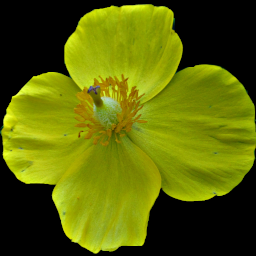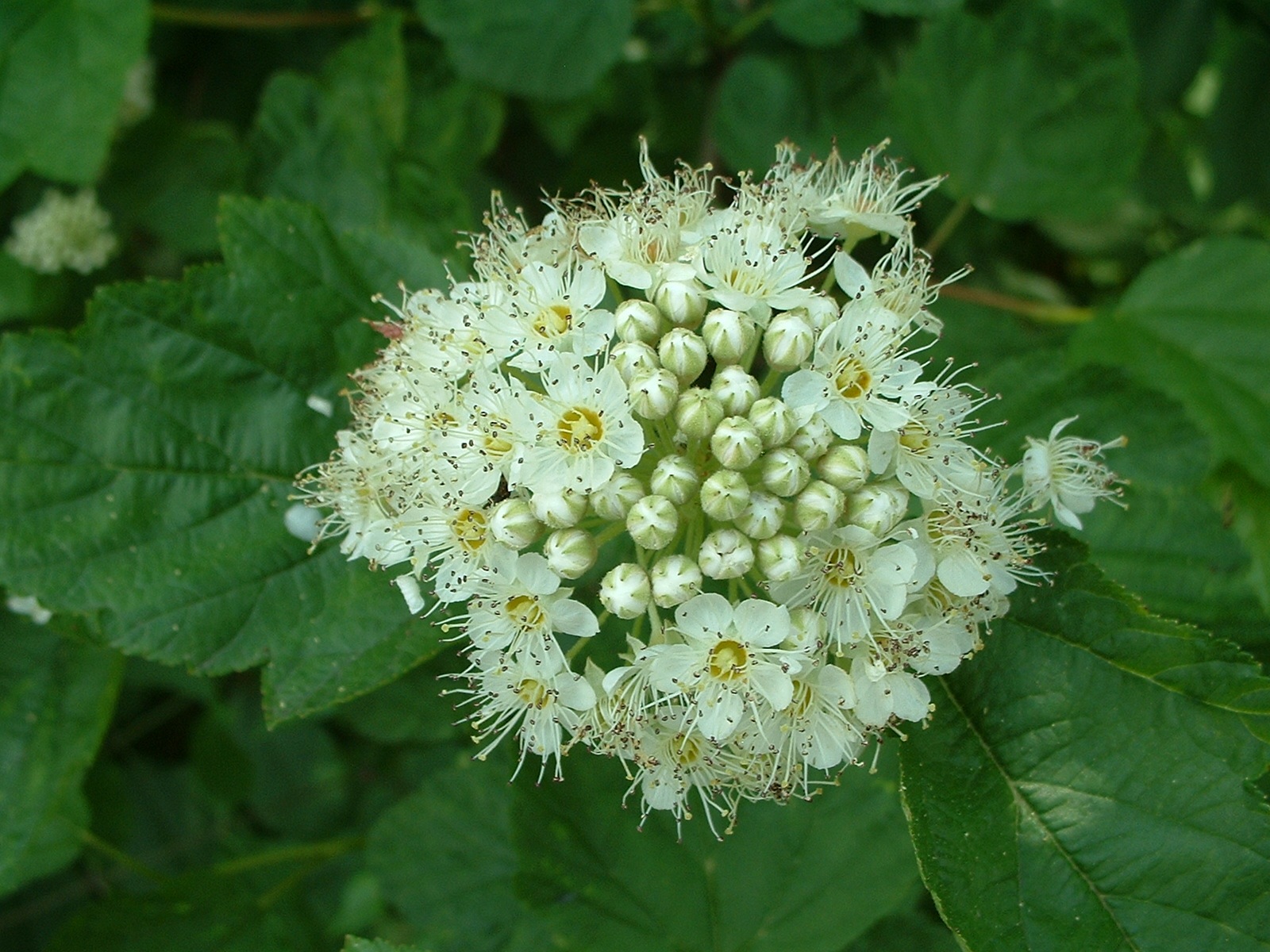This unassuming little member of the rose family likes to grow at the edge of the woods; this plant was growing on a shaded bank in Mount Lebanon, where it was blooming in the middle of June. The white flowers bear more than a passing resemblance to the flowers of blackberries or strawberries.
Gray describes the genus and the species, which he puts in the Eugeum or Geum-proper division of the genus:
Calyx bell-shaped or flattish, deeply 5-cleft, usually with 5 small bractlets at the sinuses. Petals 5. Stamens many. Achenes numerous, heaped on a conical or cylindrical dry receptacle, the long persistent styles forming hairy or naked and straight or jointed tails. Seed erect; radicle inferior. Perennial herbs, with pinnate or lyrate leaves. (A plant name used by Pliny.)
EUGEUM T. & G. Styles jointed and bent near the middle, the upper part deciduous and mostly hairy, the lower naked and hooked, becoming elongated; head of fruit sessile in the calyx, calyx-lobes reflexed.
* Petals white or pale greenish-yellow, small, spatulate or oblong; stipules small.
+ Receptacle of the fruit densely hairy.
G. canadense Jacq. Stem (0.6-1.1 m. high) and petioles sparingly hairy; leaves soft-pubescent beneath or glabrate, the basal of 3-5 leaflets or undivided, those of the stern mostly 3-divided or -lobed, rather sharply toothed; stipules ovate-oblong, 1-1.5 cm. long, subentire; petals white. (G. album J. F. Gmel.) Borders of woods, etc., widely distributed.





